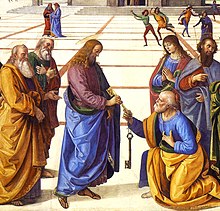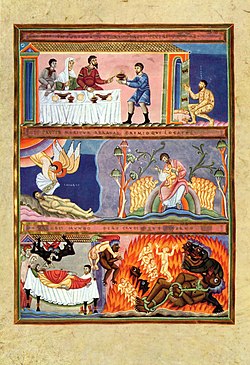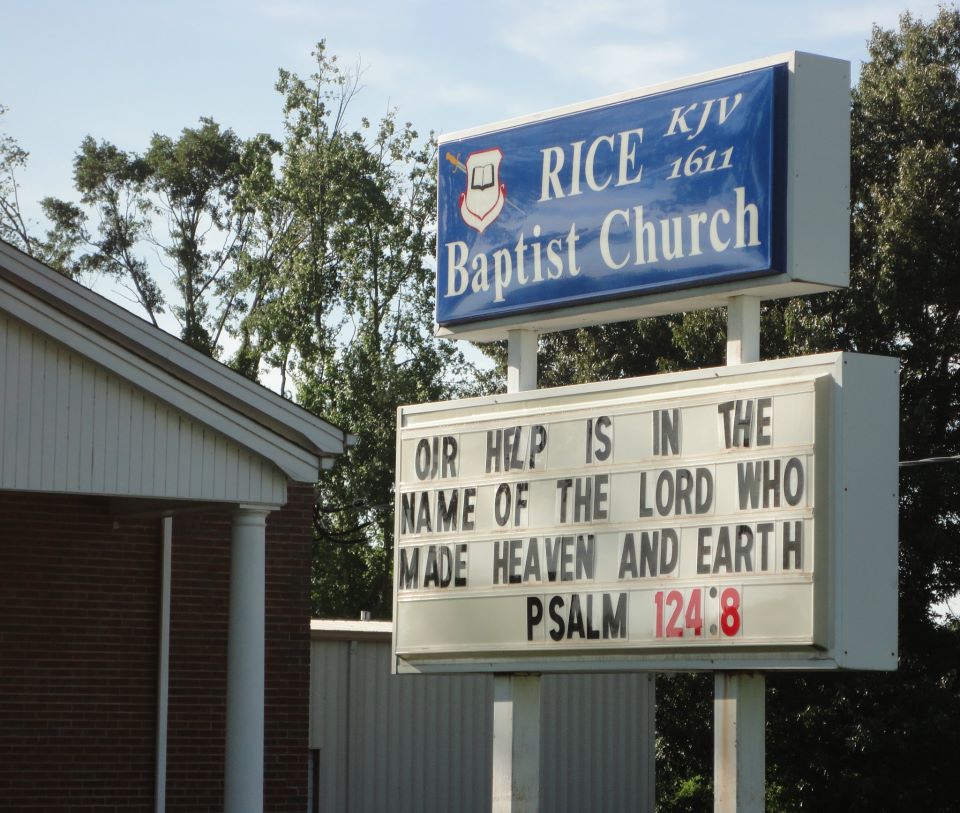By Spencer D Gear PhD
1. If there were 12 tribes of Israel, and we are all descendants of Adam and Eve, why are the Jews seen as God’s chosen people?
Deut 7:6-10 (NIV) gives some insight:
6 For you are a people holy to the Lord (Adonai) your God. The Lord your God has chosen you out of all the peoples on the face of the earth to be his people, his treasured possession.
7 The Lord did not set his affection on you and choose you because you were more numerous than other peoples, for you were the fewest of all peoples. 8 But it was because the Lord loved you and kept the oath he swore to your ancestors that he brought you out with a mighty hand and redeemed you from the land of slavery, from the power of Pharaoh king of Egypt. 9 Know therefore that the Lord your God is God; he is the faithful God, keeping his covenant of love to a thousand generations of those who love him and keep his commandments. 10 But those who hate him he will repay to their face by destruction; he will not be slow to repay to their face those who hate him.
God chose the Jews because he had made promises to their ancestors, Abraham, Isaac and Jacob.
Why did God choose Abraham? We are not told in Gen 12:1-4a, 6-7:
The Lord had said to Abram, ‘Go from your country, your people and your father’s household to the land I will show you.
2 ‘I will make you into a great nation,
and I will bless you;
I will make your name great,
and you will be a blessing.
3 I will bless those who bless you,
and whoever curses you I will curse;
and all peoples on earth
will be blessed through you.’4 So Abram went, as the Lord had told him….
6At that time the Canaanites were in the land. 7 The Lord appeared to Abram and said, ‘To your offspring I will give this land.’ So he built an altar there to the Lord, who had appeared to him.
This seems to be a sovereign act of God as the Israelites were living among the pagans (Canaanites) and He needs to give the Jews direction, so Abraham was made God’s chosen leader.
2. The covenant at Sinai
“Moses with the Ten Commandments” by Rembrandt (1659)
Remember the covenant God made with the former Egyptian slaves at Mt Sinai? This is the reason why the Jews (Israelites) were chosen as God’s special people:
On the first day of the third month after the Israelites left Egypt—on that very day—they came to the Desert of Sinai. 2 After they set out from Rephidim, they entered the Desert of Sinai, and Israel camped there in the desert in front of the mountain.
3 Then Moses went up to God, and the Lord called to him from the mountain and said, “This is what you are to say to the descendants of Jacob and what you are to tell the people of Israel: 4 ‘You yourselves have seen what I did to Egypt, and how I carried you on eagles’ wings and brought you to myself. 5 Now if you obey me fully and keep my covenant, then out of all nations you will be my treasured possession. Although the whole earth is mine, 6 you will be for me a kingdom of priests and a holy nation.’ These are the words you are to speak to the Israelites” (Ex 19:1-6 NIV).
If you want to read full details of this Covenant and why the Israelites were chosen, see Ex 19-26.
3. I understand that Jesus’ human descendants were from the Tribe of Judah. Were they more righteous?
Judah, according to the Book of Genesis, was not a good guy:
26 Judah said to his brothers, ‘What will we gain if we kill our brother and cover up his blood? 27 Come, let’s sell him to the Ishmaelites and not lay our hands on him; after all, he is our brother, our own flesh and blood.’ His brothers agreed (Gen 37:26-27).
In Jesus’ genealogy, ‘Abraham was the father of Isaac, and Isaac the father of Jacob, and Jacob the father of Judah and his brothers, and Judah the father of Perez’ (Matt 1:2-3a ESV).
The requirement for the throne of Judah was Davidic decadency. No one was allowed to sit on David’s throne unless he was a member of the house of David. So when there was a conspiracy to do away with the house of David (Isaiah 7:5-6), God warned that any such conspiracy was doomed to failure (Isaiah 8:9-15).
The requirement for the throne of Israel was prophetic sanction or divine appointment. Anyone who attempted to rule on Samaria’s throne without prophetic sanction was assassinated (1 Kings 11:26-39; 15:28-30; 16:1-4, 11-15; 21:21-29; 2 Kings 9:6-10; 10:29-31; 14 8-12).
With the background of these two biblical requirements for kingship and what is stated in the two New Testament genealogies, the question of Jesus’ right to the throne of David can be resolved (The Genealogy of the Messiah, Jews for Jesus).
You may find that article from Jews for Jesus particularly helpful in answering your questions.
4. Did the tribe of Judah stay true to the Word?
As indicated in Gen 37 (above), Judah was no darling and the tribe of Judah had some major issues with failure.
Jeremiah prophesied against Israel and Judah:
8 I gave faithless Israel her certificate of divorce and sent her away because of all her adulteries. Yet I saw that her unfaithful sister Judah had no fear; she also went out and committed adultery. 9 Because Israel’s immorality mattered so little to her, she defiled the land and committed adultery with stone and wood. 10 In spite of all this, her unfaithful sister Judah did not return to me with all her heart, but only in pretence,’ declares the Lord.
11 The Lord said to me, ‘Faithless Israel is more righteous than unfaithful Judah (Jer 3:8-11).
Take a read of Psalm 78 to see how the baton passed to Judah. Here’s a sample from that Psalm:
Then he rejected the tents of Joseph,
he did not choose the tribe of Ephraim;
68 but he chose the tribe of Judah,
Mount Zion, which he loved.
69 He built his sanctuary like the heights,
like the earth that he established for ever.
70 He chose David his servant
and took him from the sheepfolds;
71 from tending the sheep he brought him
to be the shepherd of his people Jacob,
of Israel his inheritance.
72 And David shepherded them with integrity of heart;
with skilful hands he led them (Ps 78:67-72).
This Psalm tells a lot about the failures for Israel in the past but it is a Messianic psalm, pointing to Judah as the head tribe of Israel (Ps 78:67-68). We need to remember that that Judah was prophesied to be the tribe from which the Messiah would come: ‘The sceptre will not depart from Judah, nor the ruler’s staff from between his feet, until he to whom it belongs shall come and the obedience of the nations shall be his’ (Gen 49:10).
5. God has to be faithful to his Word
 (Image courtesy Wikipedia)
(Image courtesy Wikipedia)
After the Israelites captured the Promised Land, Joshua assigned sections of the land to the different tribes. Joshua replaces Moses as leader after his death. Judah was allocated a region south of Jerusalem. From that tribe came the important kings of David and Solomon.
God prophesied that the Messiah would come from the tribe of Judah, as mentioned already (Gen 49:10). See also Micah 5:2, ‘‘But you, Bethlehem Ephrathah, though you are small among the clans of Judah, but of you will come for me one who will be ruler over Israel, whose origins are from of old, from ancient times’.
We see this fulfillment in:
- Matt 2:6, ‘But you, Bethlehem, in the land of Judah, are by no means least among the rulers of Judah; for out of you will come a ruler who will shepherd my people Israel’.
- Heb 7:14, ‘For it is clear that our Lord descended from Judah, and in regard to that tribe Moses said nothing about priests’.
- Rev 7:7, ‘Then one of the elders said to me, ‘Do not weep! See, the Lion of the tribe of Judah, the Root of David, has triumphed. He is able to open the scroll and its seven seals’.
From a human perspective, we can see nothing special about the tribe of Judah except the kings of David and Solomon came through that lineage. In God’s sovereignty, he has ordered that to be through the line of Judah and David to fulfil prophecy regarding Messiah.
6. How did the other tribes get so lost then?
According to Encyclopedia Britannica:
Following the conquest of the northern kingdom by the Assyrians in 721 BC, the 10 tribes were gradually assimilated by other peoples and thus disappeared from history (Ten Lost Tribes of Israel).
Tudor Parfitt agrees:
Parfitt of the University of London’s School of Oriental and African Studies has studied the lost tribes for years, and has written a comprehensive book on the subject called The Lost Tribes of Israel.
According to Parfitt, the lost tribes all assimilated into the groups around them, and eventually disappeared. At first, the people of Judah who returned to their land may have wondered about being united with the other tribes. The prophet Ezekiel even predicted that God would reunite the northern and southern kingdoms some time in the future (Where are Judaism’s Lost Tribes?)
7. Conclusion
God had his sovereign plan for Israel and Judah. He worked that out through unfaithful leaders and tribes.
However, the tribe of Judah continued as this was the tribe through which the Messiah came.
Copyright © 2020 Spencer D. Gear. This document last updated at Date: 08 April 2020.





















 (
(

 How, then, does Carson interpret John 12:32,? Is it possible for ‘all’ to be drawn when ‘all’ actually means ‘only some’?
How, then, does Carson interpret John 12:32,? Is it possible for ‘all’ to be drawn when ‘all’ actually means ‘only some’?